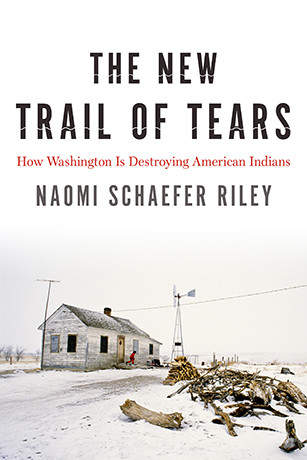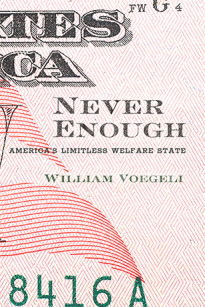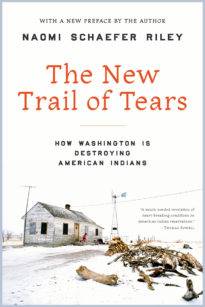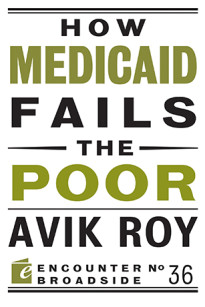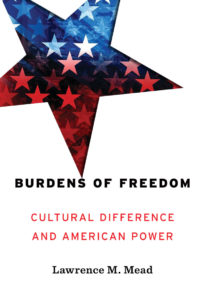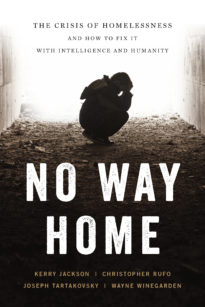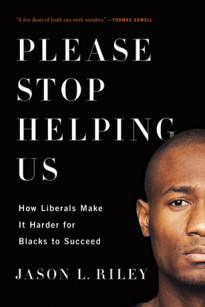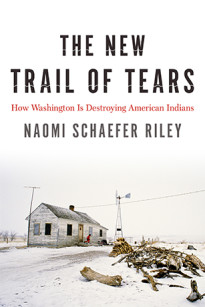What Do We Owe American Indians?
When my daughter was in second grade, she came home with what seemed like a typical assignment. Asked to read about how the Dutch swindled Native Americans into giving up Manhattan for a pile of beads, she then had to write a paragraph about how the Natives must have felt. This exercise in empathy was puzzling for her and I presume millions of other schoolchildren receiving similar instructions—not to mention their parents. There’s rarely much context to these lessons. But more importantly, there’s little sense in our school curricula that American Indians are anything more than a historic artifact.
Most Americans know nothing about what life is like for the 3 million Indians today, particularly the 1 million living on reservations. If you ask people what ails American Indians, they’ll be quick to tell you about what white people did to them 100, 200, or 400 years ago. Americans who read a newspaper might come across articles every once in a while about suicide or poverty on reservations. They might see stories about rape or child abuse or alcoholism. And sometimes they might take note of a casino being built on Indian land. But these stories are typically so depressing that most of us would rather turn our heads and turn the page.
According to statistics compiled from various federal agencies, American Indians have the highest rate of poverty of any racial group in the nation—almost twice the national average. This deprivation seems to contribute not only to higher rates of crime but also to higher rates of suicide, alcoholism, gang membership, and sexual abuse. In 2006, one-fifth of Native Americans aged 15 to 24 killed themselves. (Suicide is also the leading cause of death for Native American males aged 10 to 14.) Alcohol-use disorders are more likely among American Indian youths than those belonging to other racial groups. Involvement in gang activity is more prevalent among Native Americans than it is among Latinos and African Americans. Native American women report being raped two and half times as often as the national average. The rate of child abuse among Native Americans is twice as high as the national average. What’s more, each of these problems is statistically worse when the results are restricted to Native Americans who live on reservations. For example, an estimated one out of every four girls and one out of every six boys in Indian country is molested before the age of 18.
It’s no wonder most Americans would rather not think about this population. The United States is the wealthiest nation on earth, but we have what amounts to a third world country within our borders. Critics like to say it’s easy for the wealthy to ignore the problems of our inner cities because the wealthy can simply avoid these neighborhoods. It’s even easier for the wealthy to ignore the problems of Indian reservations in South Dakota and Montana, because they never have to think about these neighborhoods, much less see them from the window of a train or a car.
By the time most American students get to college and take courses in ethnic studies, they learn that what ails American Indians is their history. Indians’ decades—centuries—of victimization at the hands of whites are only being compounded by non-Indians’ perpetual insensitivity. And if only we could somehow return Indians to their state of nature, “pre-Contact,” professors tell students, Indians would be saved. Barring that, though, there’s little we can do.
This kind of education tends to lead people to two conclusions. The first is that America should give Indians as much money as possible from the federal coffers. It’s only fair that the nation make good on its promises to provide for them. And really, it should do more than that. It should offer some kind of reparations for the harm inflicted upon Indians by westward expansion, by wars, by racism, and by the reservation system.
The second is that we should make sure that American Indians don’t have to continue to suffer the indignities of having their culture mocked or degraded. So we should seek out any form of the old way of thinking about Indians and eradicate it.
